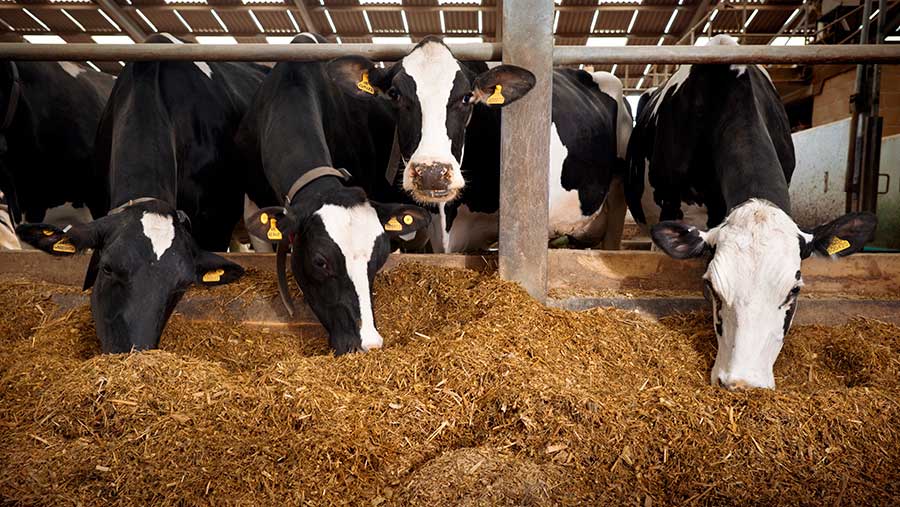Why milking herd numbers fell by 50,000 in 2019
 © Jim Varney/Science Photo Library
© Jim Varney/Science Photo Library The GB milking herd contracted by almost 50,000 head in 2019, according to British Cattle Movement Service (BCMS) figures.
At 1 January 2020, the herd stood at 1.72m head – down by 49,600 or 3% on the same date last year. Most of this fall was accounted for in the number of cows aged 2-4 years, which dropped by 42,500 head over the 12 months.
AHDB Dairy lead analyst Patty Clayton said the decline was rooted in events that took place in 2016-2018.
The removal of quotas in March 2015 caused a sudden increase in supply, she explained.
See also: Average dairy herd size drops – but milk keeps flowing
Supplies on the EU market also rose after Brussels imposed sanctions on Russia over its involvement in the Ukraine conflict.
Moscow retaliated with a tit-for-tat ban on farm produce. That meant exports worth £1.8bn – or one third of all EU cheese and a fifth of its butter – were returned to the European market.
As a result milk prices spiralled down by 25-30% to a seven-year low and dairy producers were hit hard.
A further factor in this year’s decline is the switch to sexed semen which began in 2016-17.
Farmers opted to put more cows to male beef breeds while using their better milking animals to rear female replacements.
“That has seen a reduction in the number of replacements bred overall and a smaller but more efficient milking herd,” Ms Clayton said.
While the lower number of calves on the ground starting in 2016 works its way up through the age brackets, other age groups have not declined to the same degree.
The number of cows aged 4-6 years was up in January 2020 by 10,500 head compared with year earlier figures.
While the number of youngstock – 0-2 years – dropped by 5,700 head on the year, animals aged 0-6 months increased by 1,800 head, slowing the overall decline in youngstock numbers.
The slowing rate of decline in youngstock numbers suggested some future stabilisation of the GB milking herd size, Ms Clayton said.
Milk production
In March the AHDB is due to publish its 2020 outlook for UK milk production which will set out how the changing herd size might affect output.
But Ms Clayton painted a relatively stable picture for production ahead.
The summer drought in 2018 saw a rise in milk yields as dairy farmers switched from forage to more potent concentrates to fuel production, she said.
The past year has seen the reverse, with a greater reliance on forage in 2019’s excellent grass growing weather which should mean yields return to a more normal level.
Globally, she said milk production was almost static with 1% growth forecast against a predicted rise in demand of 2%.
